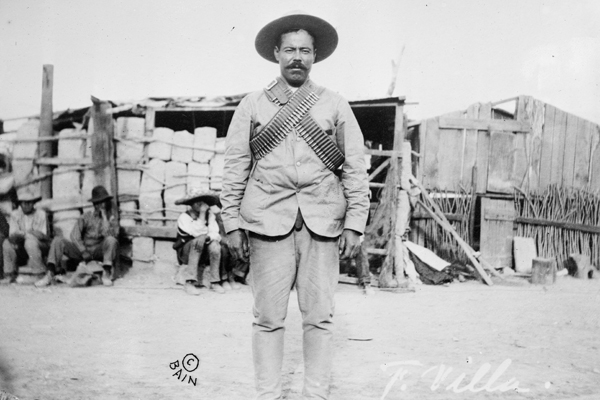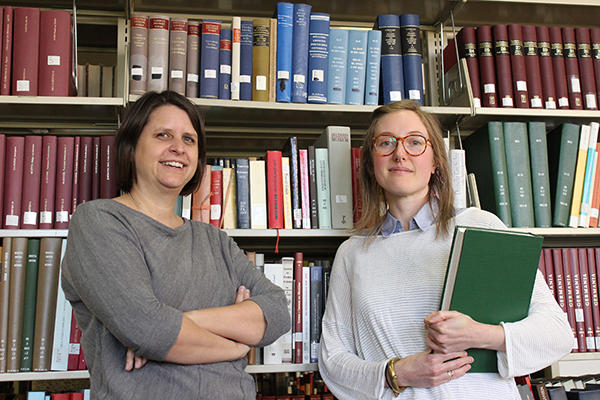Show & Tell: Wed, April 15

Marco Macias talks about “Francisco ‘Pancho’ Villa in Collective Memory and Popular Culture”
at Show & Tell on Wednesday, April 15.
Poetry, Pancho Villa and an app to learn an Indigenous Language intersect at this month’s Show & Tell multimedia event!
On Wednesday, April 15, Confluencenter for Creative Inquiry is showcasing three of its Graduate Fellows presenting the projects they created due to Confluencenter funding. The free event happens at Playground Bar & Lounge, 278 E. Congress St., and starts at 6 p.m.
Details are at Confluencenter.arizona.edu.
Researchers and topics include:
Eric Magrane
“Woven Words at the Arizona-Sonora Desert Museum” – Encounters with poetry: scorpions, water policy and line breaks; how animals interact with Magrane’s poetry installations at Southern Arizona’s favorite wildlife museum.
Magrane is a Ph.D. candidate in the School of Geography and Development and a research assistant with the UA Institute of the Environment. He is also Poet in Residence at the Arizona-Sonora Desert Museum. His research blends creative practice, environmental studies and social theory.
Marco Macias
“Francisco ‘Pancho’ Villa in Collective Memory and Popular Culture” – Reflections on the infamous bandit Revolutionary leader are covered in Macias’ new documentary.
Macias is a Ph.D. candidate in the UA History Department with a concentration in Latin America in general and Mexico in particular. His research interests include social memory and culture as people shape their relationship to history.
Edward Polanco
“Empowering and Revitalizing an Indigenous Language” – Nahuatl Naman App (Nahuatl Today) is a new app designed to help users learn this indigenous Mexican language with memory games, flashcards and pronunciation.
Polanco is a Ph.D. candidate in the UA History Department specializing in colonial Latin America. He is interested in religion, gender and medicine. His work examines the transformation of the status of Nahua (an indigenous group of Mexico) women in religious and political roles, after the arrival of Spaniards.
Show & Tell is presented by UA’s Confluencenter for Creative Inquiry, whose mission is to create boundless possibilities for excellence through innovation, collaboration and community engagement at the University of Arizona and beyond.
The center serves the colleges of Fine Arts, Humanities and Social & Behavioral Sciences. Confluencenter funds Faculty Collaboration Grants and offers Graduate Fellowships for interdisciplinary research.






Also find us on...